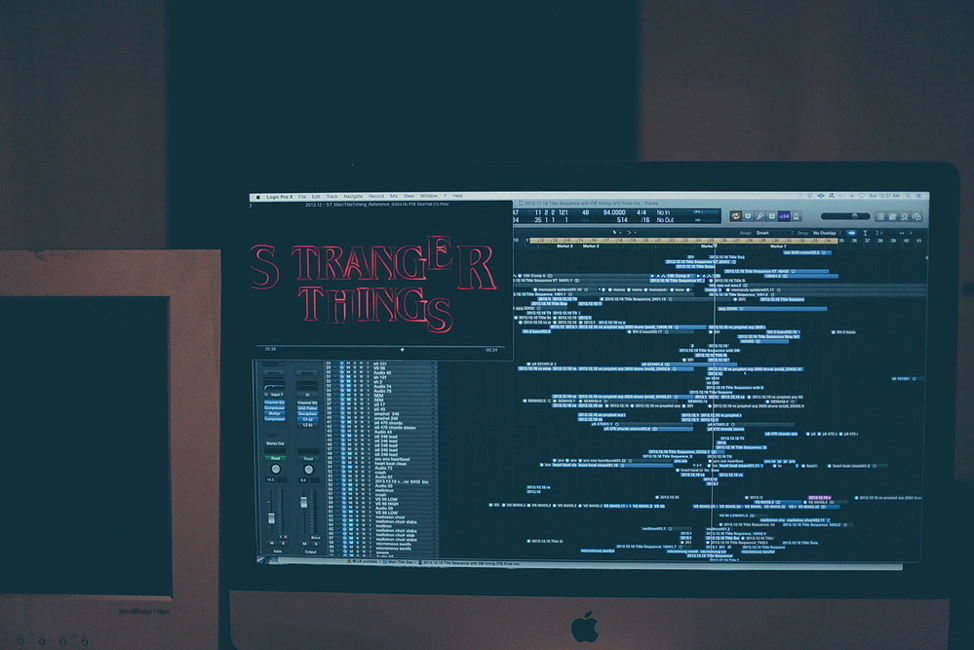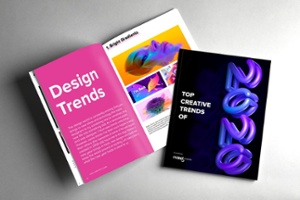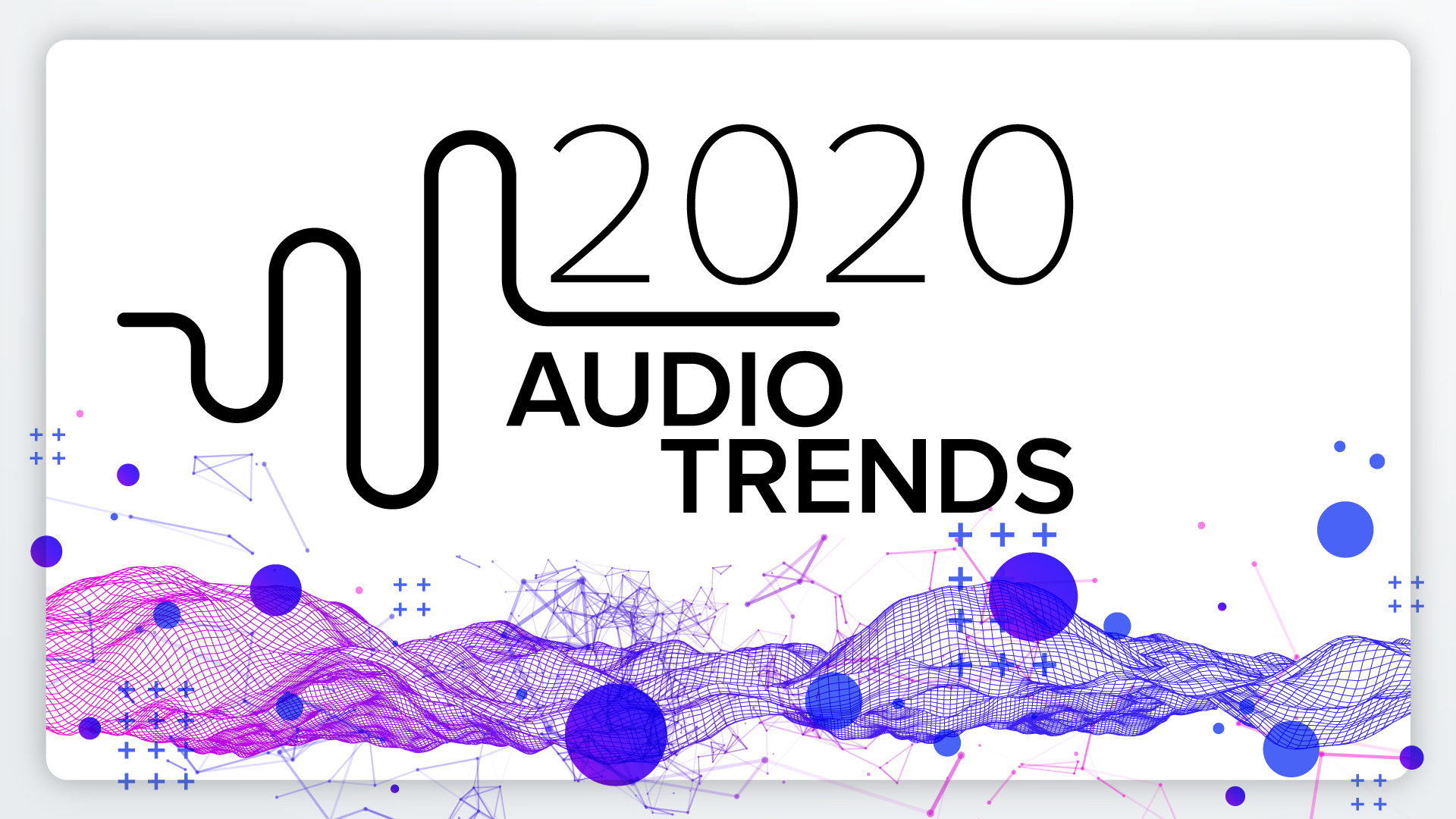
As we approach the shiny new decade of 2020, it’s a good time to reflect on where things might be headed for audio in the industry. As a professional audio engineer with more than 2 decades in the industry, I’m always excited to see what’s developing in audio tech and process. There’s a lot of room for growth and improvement in the new year, so let’s take a look at some exciting trends!
1. Streaming and Podcasting
It’s absolutely no secret that streaming is the dominant form of media consumption for most people, and 2020 shows no sign of changing that.
With the proliferation of new streaming video services and the appetite for original content, we’re going to see a bigger need for audio professionals and ingenuity when it comes to creating a product that stands out. Sound design is more important than ever, as is choosing the right music queue to elevate your film or show to the next level.
On the music streaming side of things, we’re going to see better quality and delivery methods as codec and transmission quality improves. Codecs are the type of files that services can use to compress music and make it easier to deliver, like MP3. MP3 has long been out of favor as the primary codec for services like Apple Music and Pandora, with most services having switched to the AAC, which provides better compression and quality. Spotify is currently using Ogg Vorbis, which provides similar benefits over MP3.
The 5G rollout will open the door to better bitrates and codec options for mobile users, depending on how the streaming services decide to react. As new versions of codecs are created, the bandwidth needed to provide you with a listening experience closer to lossless will shrink, and that’s awesome.
2020 will also be the year we likely see digital audio listening overtake traditional radio. This means the market for advertising will shift even more to streaming. Musically reports:
“The big claim is that by 2020, American adults will be spending more time listening to that than to traditional radio for the first time – averages of 83.9 daily minutes and 79.5 daily minutes respectively.”
In the same vein, we’re seeing a huge explosion in podcasting popularity. Nearly one quarter of Americans listen to podcasts weekly, and podcasting ad revenue in the US surpassed 700 million dollars in 2018. This means more venues for both artists and products to be discovered.
2. Virtual Reality
If 2019 was the year that VR (virtual reality) became normalized, 2020 is the year it’s really going to take off. We’ve seen more than a million monthly-connected VR Headsets on Steam, Valve’s digital marketplace and game launcher, in 2019.
 Source: Forbes.com
Source: Forbes.com
That doesn’t even cover people who are experiencing VR via PlayStation VR or other console options. The upcoming PS5 and Project Scarlett will push what’s capable in spatial audio even further. While Microsoft hasn’t jumped directly into the console VR ecosystem with their own headset, and therefore the specs for audio on the Scarlett are sparse, the PS5 is reported to have an on-board chip that supports 3D audio for games that aren’t even in VR.
 The Shiba Squad: A social VR phenomenon
The Shiba Squad: A social VR phenomenon
The reason this is a big deal for audio is the need in VR for spatial audio and ambisonics. While surround sound has been a staple in gaming for a long time, the techniques for producing and mixing truly immersive 3D audio are different, and lots of audio engineers are rapidly inventing new techniques and technologies on the fly to make VR games sound great.
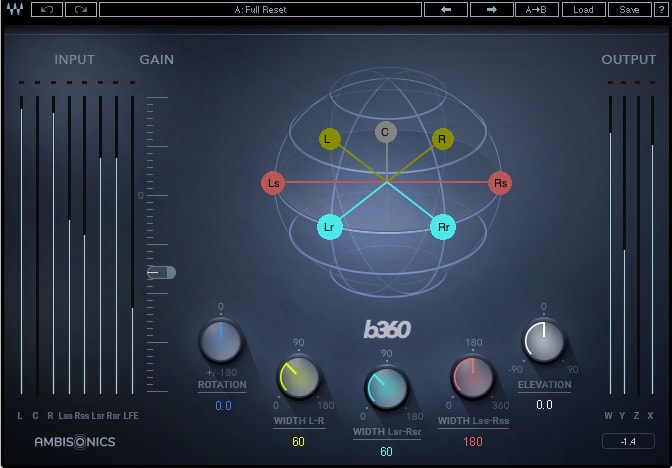 The Waves B360 Ambisonics Encoder
The Waves B360 Ambisonics Encoder
As the adoption of VR becomes more commonplace and the technological support for VR producers becomes more robust, audio engineers will be able to craft more and more immersive audio experiences. The new Oculus Quest VR system is a huge step in that direction, with positional audio built directly into the headset.
3. The Cloud and AI
Buzzword bingo aside, there continues to be legitimate advances in both cloud-based audio platforms and various forms of AI (Artificial Intelligence) to help make things sound better.
Splice is an online collaboration tool that’s pivoted into also providing plugins and samples for music producers. Their platform has grown a ton in 2019 and has set the standard for the new breed of cloud-based production hubs. Their success has inspired more established companies like Avid and Slate Digital to provide online components to their products, and the model shows no sign of slowing.
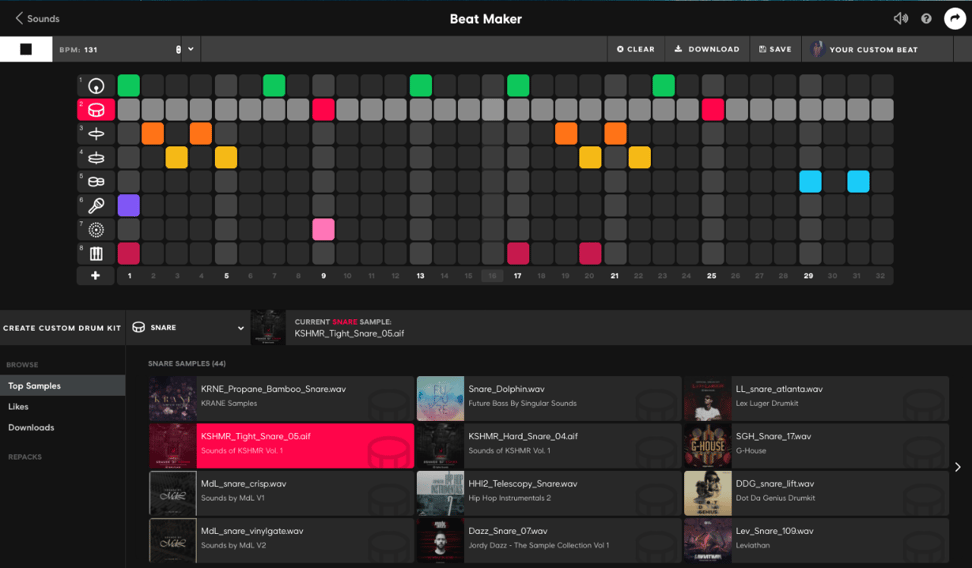
Many major software companies have jumped onto using a cloud-based architecture for providing various services to consumers. Native Instruments, iZotope, Arturia, and many others have moved from the old challenge and response (or iLok) model of authentication to providing users with a central application for managing licenses and updates.
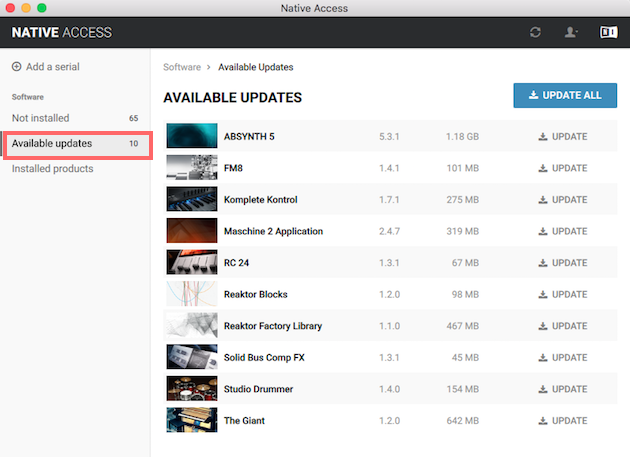 Native Access Cloud Software Management Software
Native Access Cloud Software Management Software
iZotope is also on the forefront of AI for audio. Their Neutron and Ozone products, mixing and mastering software, both offer intelligent track analysis which applies processing based on the distinctive characteristics of the content being fed to it. I’ve watched both of these products grow over multiple iterations, and if last year was any indication, 2020 will show even more impressive updates from iZotope, while other companies may try to catch up and offer their own versions of these functions.
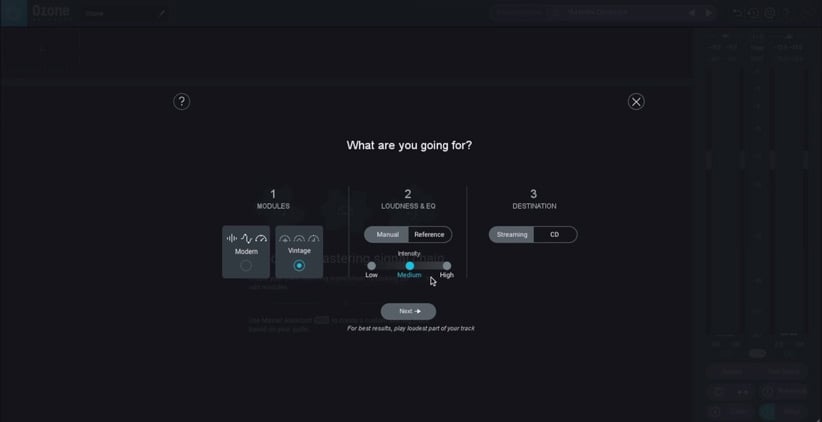 The iZotope Ozone 9 Mastering Assistant
The iZotope Ozone 9 Mastering Assistant
Another example of what’s being called AI in music software is online mastering services, which have become increasingly popular over the last year. Companies like LANDR offer AI-based mastering via the web, which analyzes your audio content and target delivery and makes processing choices based on that information. Like iZotope, they’ve been continually introducing updates to their product, so I’m excited to see what that whole corner of the industry is going to do next year.
4. Diversity and Inclusion
Some trends I’d personally like to see in the industry in 2020 center around diversity, inclusion, and quality of life. Diversifying the pool of talent around audio engineering in film, TV, music, and gaming to include more varied viewpoints and strengths will do nothing but improve the stage we’re all working on.
Statistics show diversity is improving in the industry, but it has been at a pretty slow rate thus far. Making the audio engineering field more approachable for people of different backgrounds will encourage more people to add their talents to the myriad of challenges we face in our day-to-day.
Audio engineers are being consulted earlier and earlier in project lifecycles, and that’s great, so I’d love to see this trend continue. With audio being so crucial to high-profile projects in film and gaming, it only makes sense to think about audio when you’re starting out the project, as opposed to treating it like an afterthought.
Implementing Audio Trends into Your Marketing
Many audio professionals are working hard to educate as well as create and are in agreement with other creative professionals that crunch culture is unhealthy as it exists in 2019. I would love to see a trend towards quality of life improvements for all audio professionals in 2020.
The new decade is undoubtedly going to be filled with all sorts of fun and exciting advancements in audio, and I can’t wait to hear about them all.
Click the image below to download a free eBook on trends we expect to see in animation & motion graphics, audio, design, social media, and video.



